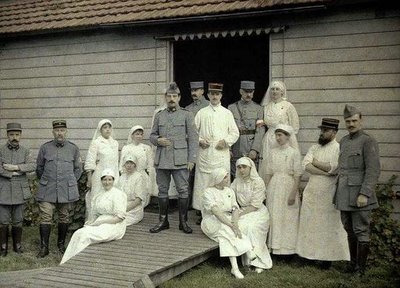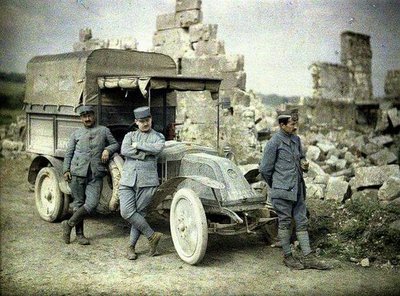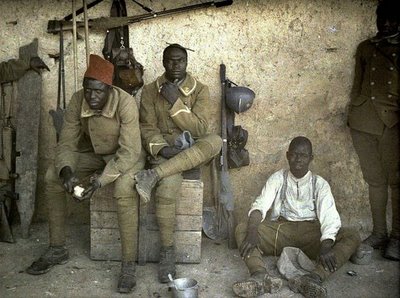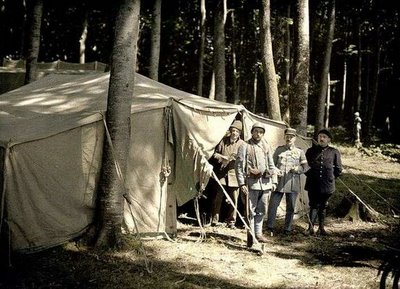
"This Whiskey Class Submarine was decommission in 1991. This submarine is open to many possibilities, including adventure tourism or active military service. It was rated to a depth of 200 meters or 650 Feet. VESSEL IDENTIFIER: PI12
Price: U.S. $550,000.00"
The idea of a private submarine is appealing, but I wonder how much it would cost to actually staff and maintain a diesel-electric sub like this. One would have to hire at least a few trained professionals - mechanics, engineers, and people who had spent years operating these vehicles in the military. Also, one would likely have to spend vast amounts of money on maintenance and parts - I expect that specialized parts for an aging 1950s Soviet vessel would be hard to find and expensive to manufacture. One couldn't skimp on maintenance costs, as the price of cutting corners might be catastrophic.
Even taking all this into account, the risk of operating this thing seems ghastly. Think of it this way: a boat, or ship, will float even if it's engine stops, rudder and steering gear breaks, or if all of the on-board electronics fail. Its "default state" is to float and drift - not a desirable situation, and possibly dangerous in a storm on a
lee shore, but not immediately deadly. A submarine, on the other hand, uses its machinery and motive power to operate on or between the surface of the ocean and its "crush depth" - the depth at which its pressure hull can no longer withstand the force of the ocean pressing in on it. I can imagine any number of failures that could send a sub careening beneath this 'operating envelope' of safety, and of course this has
happened before.
An ocean-going ship needs its machinery to move and communicate. A submarine needs its machinery to function in order for it to avoid being destroyed. Nevertheless,
here is a company, or at least a front for a company, that proposes to build "luxury submarines". This seems about as good an idea as those thousands of private commuter helicopters that were predicted in the 1950s.
(Let me qualify this by saying I know nothing about this subject except what I have read in a couple of books. )NOTE: apparently this sub has been posted for sale
before, and is of Soviet design and manufacture.

 [Willy was an amateur photographer, pasting small portraits on many pages of the journal]
[Willy was an amateur photographer, pasting small portraits on many pages of the journal]




















